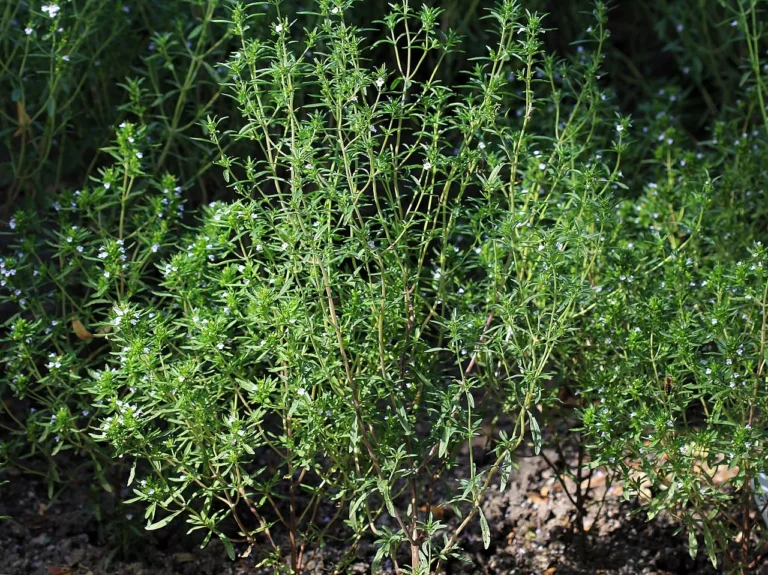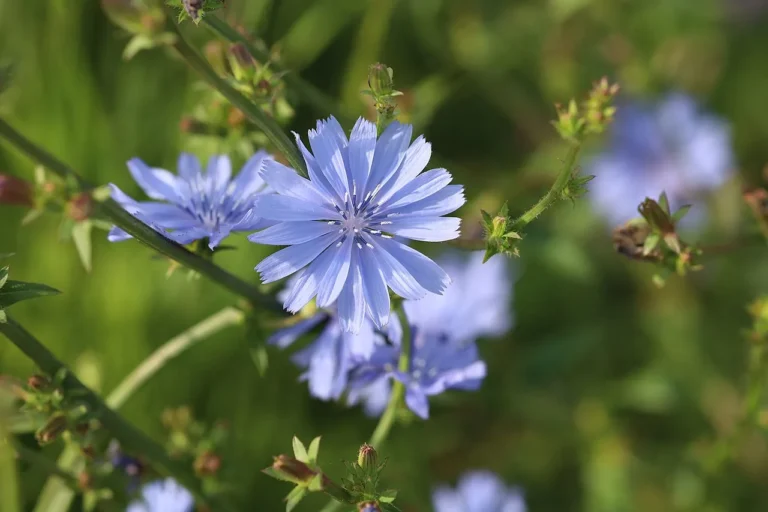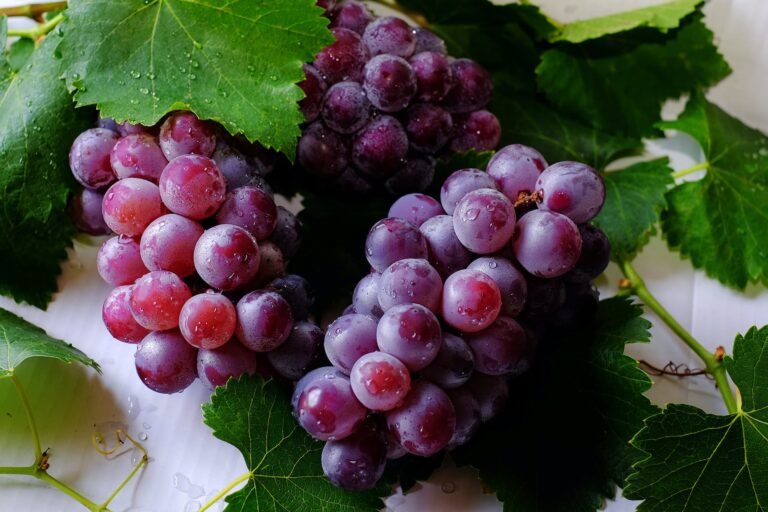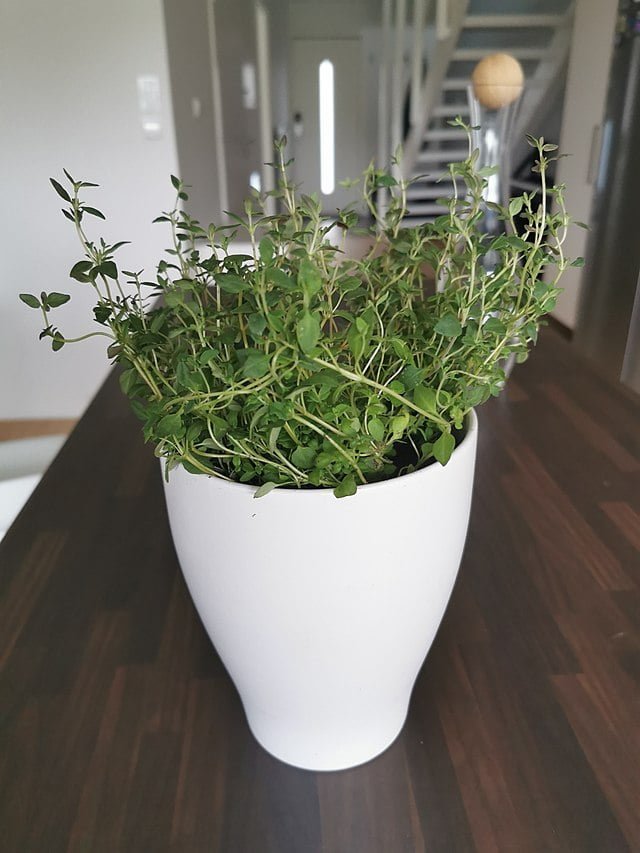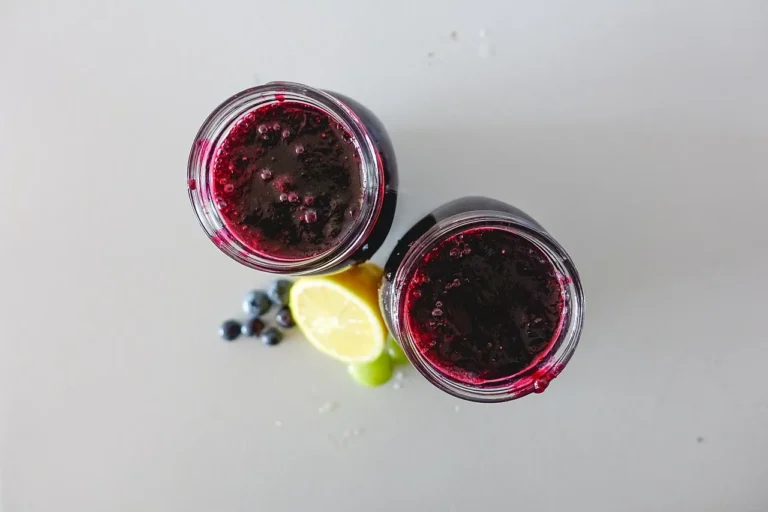How to Grow Rhubarb: A Guide to Cultivating Tart and Tangy Stalks
Growing rhubarb in your garden is like ushering in a piece of culinary history into your backyard. This perennial favorite, known for its tart, flavourful stalks, is a versatile ingredient in pies, jams, and desserts. Not only is rhubarb relatively low maintenance, but its large, decorative leaves and red-green stalks can also add aesthetic appeal to your garden space. Here’s a comprehensive guide on how to grow rhubarb, ensuring a bountiful harvest year after year.
Selecting Rhubarb Crowns
Rhubarb is typically grown from crowns, which are sections of the plant’s root system. When selecting rhubarb crowns, choose healthy and well-established ones. Look for crowns with thick, fleshy roots and plump buds. Popular varieties include ‘Victoria’ and ‘Crimson Red.’
Site Selection and Preparation
Rhubarb thrives in areas that receive full sun, with at least six to eight hours of direct sunlight daily. It prefers well-drained, fertile soil with a pH between 6.0 and 6.8. Ample space is crucial for rhubarb to grow, so select a spot where each plant can spread out 3 to 4 feet in all directions.
- Sunlight Requirements: Optimal growth is achieved in full sun conditions, where the plant can receive six to eight hours of direct sunlight daily. Adequate sunlight is crucial for rhubarb, as it fuels the photosynthesis process essential for strong growth.
- Soil Quality: Rhubarb prefers well-drained, fertile soil with a pH level between 6.0 and 6.8. Prior to planting, I recommend conducting a soil test to determine pH and adjust accordingly with lime (to increase pH) or sulphur (to decrease pH).
- Spacing Considerations: Each rhubarb plant requires significant space to expand, approximately 3 to 4 feet in all directions. This spacing allows for adequate air circulation, reducing the risk of fungal diseases.
Soil Preparation
Before planting, enrich the soil by mixing in several inches of compost or aged manure. This step will improve soil fertility and drainage, two key factors in growing successful rhubarb. Ensure the planting area does not collect water, as rhubarb roots are prone to rot in waterlogged soil.
- Organic Matter: Enriching the soil with compost or aged manure not only improves fertility but also enhances soil structure and drainage—a key factor in preventing root rot.
- Water Management: Ensure the chosen site does not have a history of waterlogging. Rhubarb’s root system is susceptible to rot in stagnant water conditions.
Planting Rhubarb
In cooler climates, rhubarb can be planted in early spring, as soon as the soil is workable. In warmer regions, opt for a fall planting. Rhubarb is usually grown from crowns or divisions of existing plants. Plant crowns so that the top of the crown sits 2 inches below the soil surface, spacing plants about 3 to 4 feet apart to allow room for growth.
- Seasonal Timing: In cooler climates, early spring planting is advised, immediately after the ground thaws. In warmer zones, a fall planting can lead to successful establishment.
- Planting Depth: Crowns should be planted with the top bud 2 inches below the soil surface, ensuring the plant has enough room to grow without being too deep to prevent emergence.
- Root Division: For gardeners looking to expand their rhubarb patch or share with others, dividing rhubarb crowns in early spring every 4-5 years promotes health and vigour in the plant.
Ongoing Care and Maintenance
Watering and Mulching: Keep the soil evenly moist, especially during the first year as the plants establish. Mulch around the plants with organic material to conserve moisture, suppress weeds, and keep the root system cool. Be careful not to bury the crowns under the mulch, as this could lead to rot.
Feeding: Apply a balanced fertilizer in early spring before growth starts and again as the stalks begin to die back in the fall. Rhubarb benefits from a generous application of compost or aged manure each fall, which will help replenish nutrients in the soil.
- Irrigation Practices: Maintaining even soil moisture, especially during dry spells, is vital. However, overwatering should be avoided to prevent root diseases.
- Mulching: A layer of organic mulch helps retain soil moisture, suppresses weed growth, and keeps the root system cool. Be mindful to keep mulch away from the crown to prevent rot.
- Nutrient Management: A balanced, slow-release fertilizer applied in early spring supports leaf and stalk development. An annual application of well-rotted manure or compost in fall replenishes organic matter and nutrients in the soil.
Remove flower stalks as they appear to encourage the plant to focus its energy on producing stalks. Keep the area around rhubarb plants free of weeds. After the first frost in fall, cut back the dead leaves to prevent them from harbouring pests or diseases over the winter.
Harvesting Rhubarb

Resist the temptation to harvest any stalks during the first year. This patience allows the plant to establish a strong root system. In the second year, you can harvest sparingly, removing no more than two stalks per plant. From the third year onwards, you can harvest more freely, typically from April to June, by twisting and pulling the stalks from the base of the plant. Always leave at least two-thirds of the plant intact to ensure it remains healthy and productive.
- Harvest Timing: Patience is key with rhubarb. Refrain from harvesting in the first year to allow plants to establish. In the second year, a light harvest of no more than two stalks per plant is permissible. By the third year, more liberal harvesting can occur, typically from April through June, ensuring at least two-thirds of the plant remains to regenerate.
- Harvest Technique: Harvest stalks by twisting them at the base and pulling away from the crown. This method encourages the plant to produce new stalks.
Disease and Pest Management
Rhubarb is relatively hardy but can be susceptible to crown rot, especially in poorly drained soils. Practice crop rotation and ensure good drainage to prevent this issue. Slugs can also be a problem, so keep the garden clean of debris where they might hide.
- Crown Rot: Good drainage and careful watering are preventive measures. Crop rotation and site selection are critical in managing this issue.
- Pest Control: Regular inspections and maintaining clean garden beds help minimize pest invasions, including slugs and leaf beetles.
Winterization Care
- Cold Protection: In regions experiencing harsh winters, applying a thick layer of straw mulch after the first hard frost can protect the crowns from freezing temperatures.
This guide encapsulates the essence of professional gardening wisdom, tailored to the cultivation of rhubarb. By adhering to these guidelines, gardeners can anticipate not only the joy of watching their rhubarb plants thrive but also the pleasure of harvesting and enjoying the fruits of their labour. Whether for the satisfaction of homemade rhubarb pies or the simple pleasure of nurturing growth, rhubarb stands as a rewarding addition to any garden.



